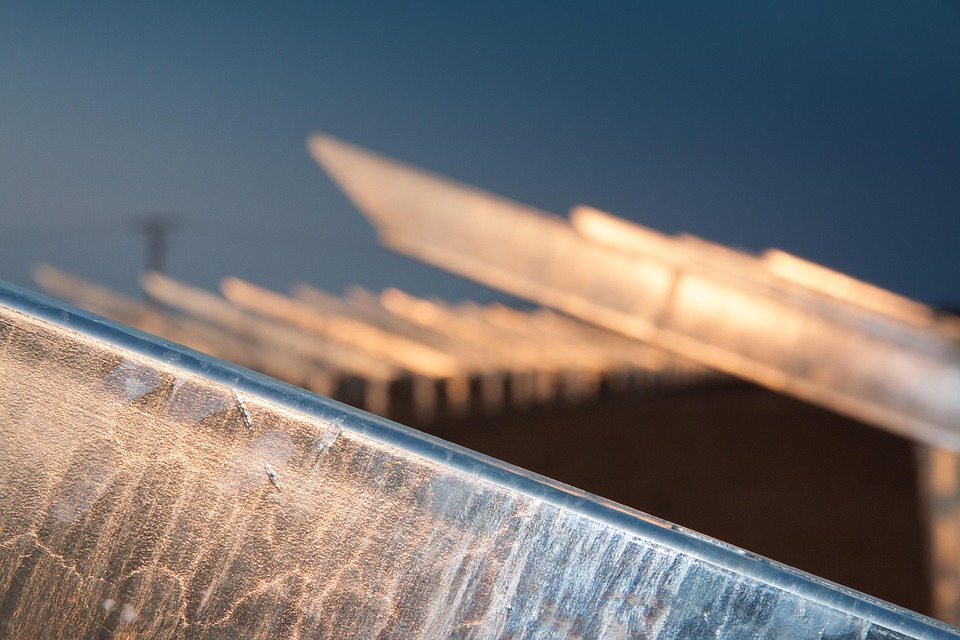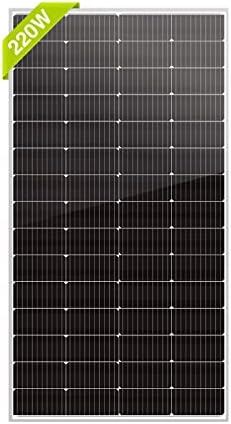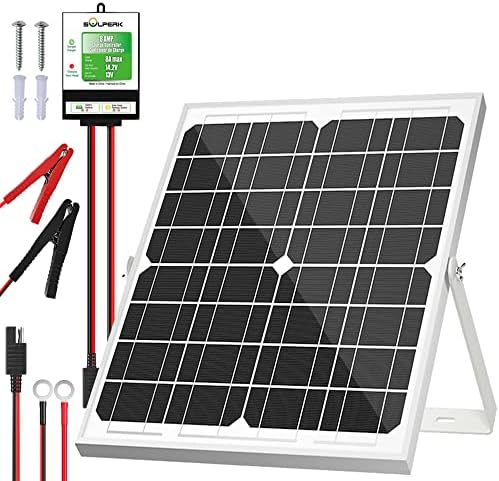## DIY Solar: Transform Your Home into an Off-Grid Haven
Imagine standing in your backyard, basking in the warm sunshine while soaking in the serene sounds of nature all around you. With every ray of sunlight that touches your skin, you realize that you’re not just soaking up Vitamin D—you’re harnessing the power of the sun to energize your home. That’s right! With a little creativity and some elbow grease, transforming your space into an off-grid haven with DIY solar is not just a dream—it’s a vibrant reality waiting for you to embrace.
### The Solar Revolution
The journey toward renewable energy has never been more accessible. In a world increasingly aware of environmental concerns, solar power offers an attractive alternative to fossil fuels. Not only is it sustainable, but it also brings independence from utility energy costs. The sun provides enough energy in one hour to power the entire world for a year! With DIY solar, you can reduce your carbon footprint while achieving energy independence—what’s not to love?
### Getting Started: The Basics of DIY Solar
Before diving into the world of DIY solar, let’s cover some foundational elements.
#### 1. **Assess Your Energy Needs**
First things first: what do you need? Understanding your energy consumption is essential. Take a month and jot down the energy use of all your devices. Consider:
– **Lighting**: Do you use LED bulbs or traditional ones?
– **Appliances**: Fridge, washer, and AC units can drain power. Look at their ratings.
– **Miscellaneous Devices**: Think about phones, laptops, and entertainment systems.
Use tools like an energy monitor to get precise numbers. Once you know your needs, you can effectively design a system that works for you.
#### 2. **Explore Your Solar Options**
You have various choices tailored to different needs, budgets, and DIY preferences:
– **Grid-Tied Systems**: Still connected to the grid but can feed power back. It’s a fantastic option if you’re new to solar.
– **Off-Grid Systems**: Perfect for fully immersing yourself in an off-grid lifestyle. These usually require batteries for energy storage.
– **Hybrid Systems**: A blend of both that allows for flexibility.
### Components of a DIY Solar System
Once you’ve assessed your energy needs and chosen your system, let’s break down the components:
#### 1. **Solar Panels**
Solar panels are the heart of your system. You can find both monocrystalline (more efficient but pricier) and polycrystalline panels. Weigh the pros and cons based on your budget and space. They are rated in watts—consider the total wattage you need when calculating how many to install.
#### 2. **Inverter**
This device converts the Direct Current (DC) produced by the panels into Alternating Current (AC) that your home uses. It’s crucial to choose an inverter that can handle your energy load.
#### 3. **Batteries**
Batteries store your excess energy for use when the sun isn’t shining. Lithium-ion batteries are popular due to their longevity, but lead-acid batteries are still a cost-effective option if you’re on a budget.
#### 4. **Mounting Hardware**
To keep your solar panels secure, you will need quality mounting equipment that can withstand local weather conditions.
#### 5. **Cabling and Connectors**
These ensure everything ties together correctly. Select high-quality, weather-resistant cables to avoid energy loss.
### Installation: A Step-By-Step Guide
Here’s a simple overview of the DIY solar panel installation process:
#### Step 1: **Select the Site**
Choose a location with maximum sun exposure—ideally, a south-facing roof or open land.
#### Step 2: **Mount the Panels**
Install mounting brackets according to the manufacturer’s instructions, ensuring they’re at the optimal angle for sun exposure.
#### Step 3: **Install the Inverter**
Position the inverter close to your electric meter and panels to minimize line loss.
#### Step 4: **Connect the Batteries**
If you’re going off-grid, connect the batteries to your inverter, ensuring they are wired correctly to prevent any short circuits.
#### Step 5: **Wiring and Connections**
Wire the solar panels to the inverter with the correct cables and connectors. Always follow safety guidelines during this crucial step.
#### Step 6: **Final Checks**
Before turning everything on, double-check all connections, ensuring everything is securely fastened and correctly positioned.
#### Step 7: **Fire it Up!**
Once you’re satisfied with the setup, power it on and monitor its performance, making adjustments if necessary.
### Pro Tips for a Successful DIY Solar Project
1. **Research Local Incentives**: Many states offer tax credits and rebates for installing solar energy, significantly lowering costs.
2. **Start Small**: If you’re unsure, begin with a small system to test the waters before committing fully.
3. **Online Tutorials**: Utilize YouTube or DIY websites. Visual learners will find step-by-step videos incredibly beneficial.
4. **Join a Community**: Consider local off-grid forums or groups. Engaging with like-minded enthusiasts can provide support and invaluable insight.
5. **Keep it Simple**: Avoid high-tech systems initially. Focus on fundamental setups before exploring advanced technology.
6. **Monitor Performance**: Use apps or tools to track your system’s output, helping optimize energy use.
### Embrace Your Off-Grid Lifestyle
Once your solar system is up and running, the real adventures begin! Embracing an off-grid lifestyle means reimagining daily routines.
#### Gardening and Food Production
Harvesting your own produce is a fulfilling experience that perfectly complements your off-grid way of life. Start a small vegetable garden or consider permaculture techniques that work harmoniously with the environment.
#### Water Harvesting
Consider adding rainwater collection systems or well pumps powered by your solar setup. It reduces dependence on municipal water and allows for a more self-sufficient lifestyle.
#### Community Building
Living off the grid doesn’t mean being isolated. Form bonds with neighbors, share resources, and create a vibrant, supportive community. You may learn new skills and create lasting friendships.
### Future-Proofing Your Solar Setup
As technology advances, so does solar power. Consider future upgrades or expansions. Smart home technology may integrate seamlessly with solar systems, enhancing energy management.
### Conclusion: Live Brightly!
In the journey toward an off-grid haven, DIY solar systems offer a joyful path illuminated by the sun. As you stand beneath the azure sky, with clean energy coursing through your home, you’ll connect with nature while embarking on a vibrant life filled with creativity, independence, and sustainability.
Transforming your home into an off-grid paradise might seem daunting at first, but with proper planning, an upbeat attitude, and a willingness to learn, you’ll be well on your way to harnessing the sun’s endless energy. Embrace this new lifestyle—live freely, sustainably, and brightly!



